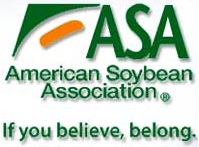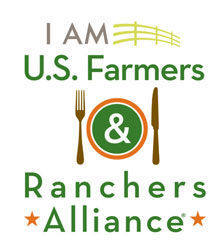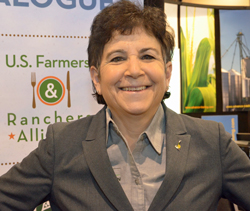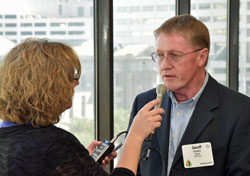 U.S. Senator Pat Roberts, (R-KS), Chairman of the Senate Committee on Agriculture, Nutrition and Forestry, has announced that the Senate has proceeded to floor debate on his proposed food labeling bill. The bill was created to set a national standard for providing consumers with information about biotechnology.
U.S. Senator Pat Roberts, (R-KS), Chairman of the Senate Committee on Agriculture, Nutrition and Forestry, has announced that the Senate has proceeded to floor debate on his proposed food labeling bill. The bill was created to set a national standard for providing consumers with information about biotechnology.
“This legislation is a true compromise,” said Chairman Roberts. “I have worked with my colleagues from both sides of the aisle to find a balance between consumers’ right to know and ensuring an even playing field in the marketplace.”
“This will be one of the most important policy decisions for agriculture in recent decades. Farmers and food producers deserve certainty. This legislation does just that.”
Roberts’ substitute language provides a national solution to a developing patchwork of state laws on biotechnology labeling before Vermont’s state laws take effect in July. The proposal creates a voluntary national standard for biotechnology labeling of food and provides incentive for the marketplace to provide more information. To ensure consumers have multiple ways to access information about how food is grown, a mandatory labeling program would go into effect only if the voluntary program does not provide significant information after several years. Food companies would then have adequate time to utilize a variety of options to disclose information directly to consumers. Click here to read text of the bill.
The legislation has support from those in the farming community, including cooperatives, agribusinesses, processors, seed makers, handlers, food and feed manufacturers, lenders and retailers. It also has bipartisan support in Congress.
Voting could happen as soon as Wednesday.












